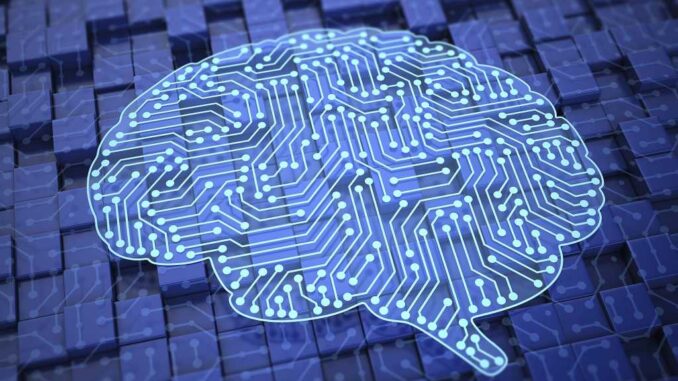
AI critical thinking refers to the ability of artificial intelligence systems to apply logical reasoning, evaluate data, and make informed decisions.
This involves analyzing information from various sources, identifying patterns, assessing reliability, and drawing conclusions in a manner that simulates human-like critical thinking processes.










Here’s a breakdown of the key components and implications of AI critical thinking:
### Key Components of AI Critical Thinking
1. **Data Evaluation**:
– AI must assess the credibility of the sources of information it processes, taking into account the potential for bias or inaccuracies.
– This involves filtering out noise and irrelevant data to focus on high-quality, reliable datasets.
2. **Pattern Recognition**:
– AI systems analyze large volumes of data to identify trends, correlations, and anomalies.
– Pattern recognition is crucial in various applications, from fraud detection to predictive analytics.
3. **Logical Reasoning**:
– AI employs logical frameworks to analyze relationships between data points and to derive conclusions based on evidence.
– This can include deductive reasoning (applying general rules to specific cases) or inductive reasoning (drawing generalizations from specific examples).
4. **Inference and Decision-Making**:
– AI can make inferences based on data analysis and develop actionable insights. This involves predicting outcomes based on historical data.
– Decision-making can be enhanced with techniques like decision trees, rule-based systems, and optimization algorithms.
5. **Reflection and Self-Correction**:
– Advanced AI systems can learn from previous outcomes and refine their approaches over time, which is akin to reflective critical thinking.
– Techniques such as reinforcement learning allow AI to adjust its strategies based on feedback.
### Techniques That Enhance AI Critical Thinking
– **Natural Language Processing (NLP)**: Allows AI to communicate effectively and understand human language, enabling it to engage in more nuanced discussions and evaluations of information.
– **Machine Learning Algorithms**: These algorithms help AI improve with experience, allowing it to recognize complex patterns and make decisions based on past results.
– **Explainable AI (XAI)**: This approach aims to make AI’s decision-making processes more transparent, allowing users to understand how conclusions are drawn.
### Applications of AI Critical Thinking
AI critical thinking can be applied across various domains:
– **Healthcare**: AI can analyze medical records and research to identify effective treatments or predict outbreaks.
– **Finance**: In risk assessment, fraud detection, and investment analysis, AI can critically analyze financial data to guide decision-making.
– **Education**: AI-driven systems can evaluate student performance data and provide personalized learning recommendations.
– **Cybersecurity**: AI can monitor network activity, identify anomalies, and make decisions about threats in real time.
### Challenges of AI Critical Thinking
1. **Bias**: AI systems may inherit biases present in training data, leading to unfair or incorrect outcomes.
2. **Transparency**: Many AI systems operate as “black boxes,” making it hard to understand how decisions are made.
3. **Limitations in Contextual Understanding**: AI may struggle with subtle nuances or context that a human would easily understand, affecting decision-making quality.
4. **Ethical Concerns**: Ensuring AI operates within ethical guidelines while using critical thinking poses challenges in bias, privacy, and accountability.
5. **Dependence on Quality Data**: AI’s critical thinking capabilities are only as good as the data it operates on; poor-quality data leads to flawed reasoning.
### Conclusion
AI critical thinking is an evolving field that mimics human reasoning processes to analyze information, draw conclusions, and make decisions. While it offers significant promise across various industries, developers and researchers must address existing challenges to enhance the reliability, transparency, and ethical implications of AI systems. As AI continues to advance, it will play an increasingly central role in enabling critical thinking-like processes in various applications.


Leave a Reply